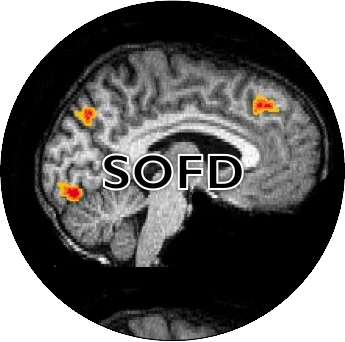
Tweet
August 31, 2015
Proceedings of the Natural Institute of Science | Volume 2 | SCI-NEWS 15
Laboratory study on predator-induced plasticity in krill already well over budget
LINCOLN, NEBRASKA – A simple laboratory experiment to determine if Northern krill (Meganyctiphanes norvegica) can alter their morphology in response to cues from predators is reported to be approximately US$14 million over its expected budget of US$487,998. University of Nebraska Assistant Professor Dr. Annie Holmes, a co-author on the awarded National Science Foundation (NSF) grant, said that most of the budget had been exhausted in building several 30 million gallon saltwater aquaria to serve as experimental units, and transportation costs in capturing and bringing 10 blue whales (Balaenoptera musculus) to the University of Nebraska to provide the visual and olfactory predation cues for the krill.
Predator-induced plasticity is the ability of an organism to change one or more traits, such as behavior or defensive morphology like spines, in response to the presence of a predator. Holmes’ proposed study, which includes investigators from several coastal universities like University of California Berkeley and Boston University, was designed to determine if Northern krill show plasticity when in the presence of one of their main predators, the blue whale. “Surprisingly, very few studies examine if individual krill can grow defensive traits in the presence of gulping predators, like the blue whale,” said Holmes. “By taking a laboratory approach to this question, we can better eliminate external factors that might bias our results.”
However, that laboratory approach has led to substantial increases in cost beyond the aforementioned 30 million gallon tanks and transport of 10 live blue whale specimens. Thousands of dollars are spent daily to provide the 70,000 pounds of krill needed to sustain each blue whale in captivity. The millions of aquarium heaters needed to maintain adequate water temperature has also added to the growing cost. Yet, Holmes and her colleagues agree that this approach was needed to best mimic natural conditions that an individual krill would experience.
Construction of the tanks is expected to be completed in 8 months. Holmes’ design calls for 10 ‘experimental’ tanks in which 100 krill individuals will be placed in a tank with one caged blue whale (the cage prevents the whale from consuming the experimental individuals), and 10 ‘control’ tanks in which only 100 krill will be placed. The experiment is expected to last just 2 months, but Holmes estimates that the recovery of the 100 krill in a 30 million gallon aquaria might take up to 3 more months of searching by SCUBA crews.
More Articles Below!

Proceedings of the Natural Institute of Science (PNIS) by https://instsci.org/ is licensed under a Creative Commons Attribution-ShareAlike 4.0 International License.


